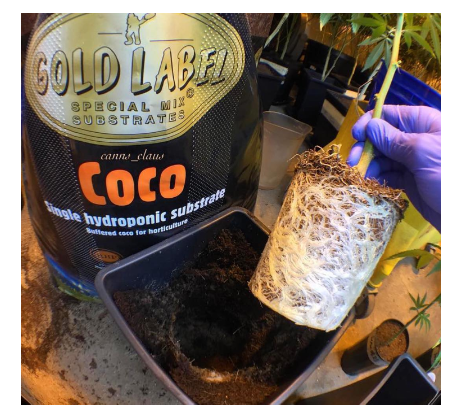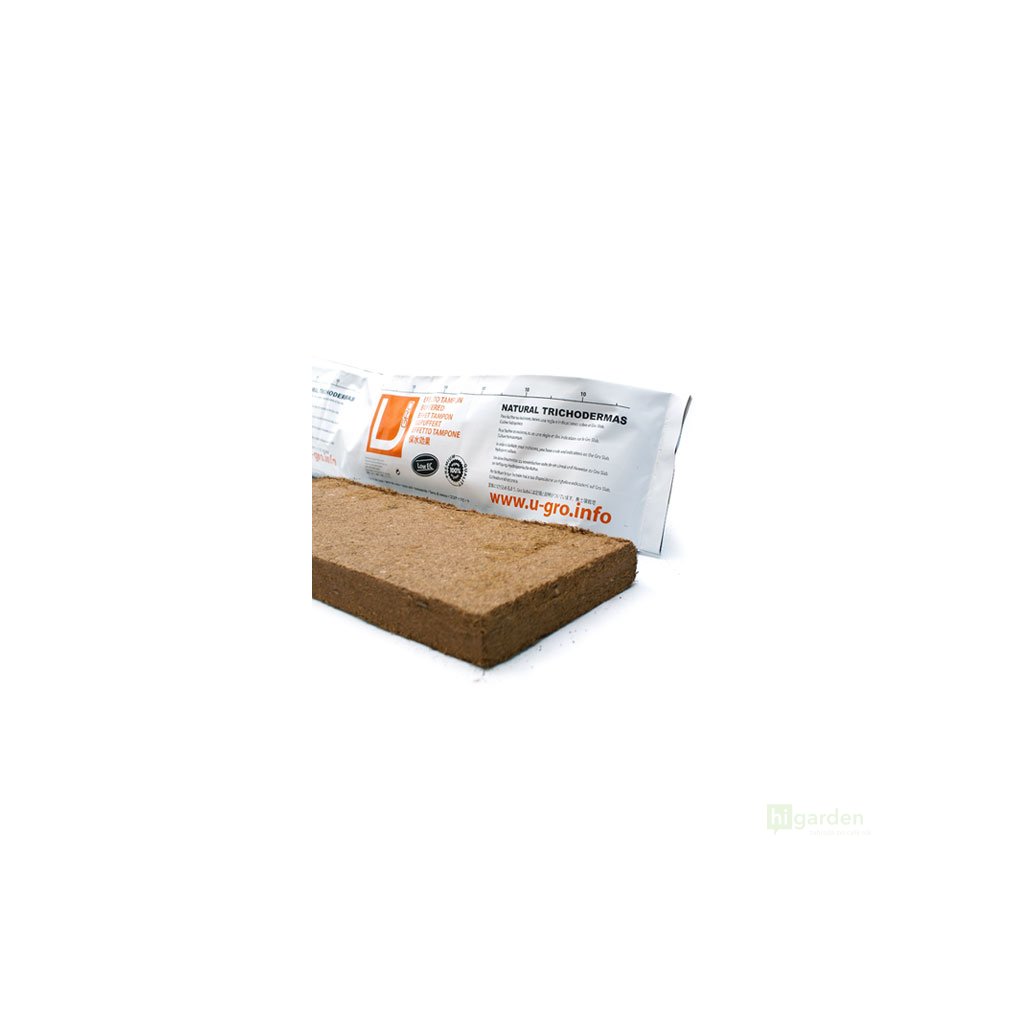 Coconut substrate is a modern growing medium made from coconut fibers and husks, which comes in many forms and is suitable for a wide range of gardening techniques, from traditional pot growing to hydroponics or large irrigation systems. In this guide, we'll help you choose the right type of coconut substrate for your nursery, garden, or greenhouse.
Coconut substrate is a modern growing medium made from coconut fibers and husks, which comes in many forms and is suitable for a wide range of gardening techniques, from traditional pot growing to hydroponics or large irrigation systems. In this guide, we'll help you choose the right type of coconut substrate for your nursery, garden, or greenhouse.
Coconut substrates are one of the most versatile and straightforward growing media you can choose for cultivation. Unlike soil, where it's difficult to have precise control over pH and nutrients in the substrate, it's easy to monitor these two variables in coconut using EC and pH meters and adjust them with nutrient solution. Additionally, coconut substrates have sufficient buffering capacity and retain water and nutrients well, so they're not as sensitive to errors as fully hydroponic systems. You get the best of both worlds, combining the security of traditional growing media with the speed and efficiency of hydroponic cultivation.
MAIN ADVANTAGES OF COCONUT CULTIVATION
- pH and nutrient neutral: Coconut fibers inherently contain minimal nutrients, making precise plant nutrition easier. You can easily provide plants with the exact nutrients they need at any given time. Additionally, adjusting pH in the root zone without increasing EC is straightforward.
- Optimal drainage: Coconut fibers can retain up to ten times their weight in water, unlike materials like vermiculite or perlite that drain water quickly. This keeps the plant root system hydrated for longer periods, reducing the need for frequent watering. Conversely, compared to soil, water drains faster, allowing for more frequent watering and feeding.
- Healthy root development: Growing in coconut substrates greatly benefits plant roots, which grow faster and healthier. This is due to the fibers' ability to retain high amounts of nutrients, water, and air. Roots without access to air (such as in overly compacted soil or poorly aerated hydroponic solutions) tend to be poorly developed and prone to fungal infections.
- Fewer pests: Many soil-borne insect pests and pathogens struggle in coconut. Additionally, coconut fibers often contain strains of Trichoderma, which protect plant roots from other parasitic microorganisms.
- Environmentally friendly and reusable material: Coconut substrates are made from waste materials and can be reused. This represents a significant reduction in carbon and ecological footprint during cultivation.
Buffered or unbuffered coconut
When choosing coconut substrate, it's essential to distinguish between buffered and unbuffered coconut. Buffering is the process of preparing coconut fibers before use in plant cultivation. Raw coconut fibers contain high levels of salts and are low in calcium and magnesium. Buffering involves soaking and rinsing the coconut fibers in water with adjusted pH, replacing potassium and sodium ions bound to coconut with calcium and magnesium, which plants need.
Most coconut substrate manufacturers supply pre-buffered mixes that require no further adjustments before use; simply soak them in water or nutrient solution. If you intend to use coconut as an additive to nutrient-rich soil, there's no need to buffer the material beforehand, as the substrate will already contain enough calcium and magnesium.
Types of coconut substrates and their uses
 Pure coconut substrates
Pure coconut substrates
Coconut substrates without additives contain only coconut fibers and husk and are suitable as a base substrate for indoor and outdoor cultivation, whether in pots or hydroponically using automatic irrigation systems. Coconut substrates contain minimal nutrients, which need to be supplemented to plants in the form of coconut cultivation fertilizers. Coconut fibers also make an excellent additive to gardening substrates, improving water and air circulation.
Coconut substrates with perlite/vermiculite
Coconut substrates enriched with perlite or vermiculite have better drainage properties, helping prevent overwatering of plants, especially in pots. The usual ratio of coconut fiber to mineral component in such cases is typically 70% to 30%. With faster media drying, it will be possible to water plants more frequently.
Pressed coconut substrates
Pressed coconut compressed into solid bricks or blocks has the advantage of reducing costs and storage and transportation. This is beneficial not only for sellers but also for large-scale growers who need large quantities of growing media. Before use, pressed coconut substrate needs to be soaked in water or buffered solution to expand the fibers. Then you can use it pure or mix it with other ingredients like peat, soil, or perlite/vermiculite.
 Coconut substrate mats
Coconut substrate mats
Growing mats with coconut substrate are practical, especially for growers using automatic irrigation systems, where they help conserve water and fertilizers due to precise and uniform watering. Despite their ability to retain large amounts of water, growing mats provide adequate drainage and air access, promoting rapid root growth without the risk of pathogens or molds. Growing mats can be reused.
Coconut substrates with Trichoderma
Many coconut substrates contain Trichoderma, a naturally occurring beneficial fungus that can adapt to almost any environment. Trichoderma produces metabolites that inhibit the growth of other microorganisms, protecting plants from parasitic fungi and other pathogens. Some Trichoderma species (T. reesei) produce high amounts of cellulase, others (T. virens) are perfect mycoparasites capable of parasitizing other fungi, and others (T. harzanium) are effective in combating nematodes.
Coconut substrate plant bags
Practical plant bags with coconut substrate ready for immediate use are especially appreciated by greenhouse and outdoor growers. The advantage is easy use without the need to soak or buffer coconut fibers. Coconut substrate in bags is not compressed, allowing for good drainage and excellent water absorption. Plant bags can be reused.
Like any growing medium, coconut has its challenges and requires certain knowledge and practice. Now that you know what type of coconut substrate to choose and how to use it, you're ready to start growing.
